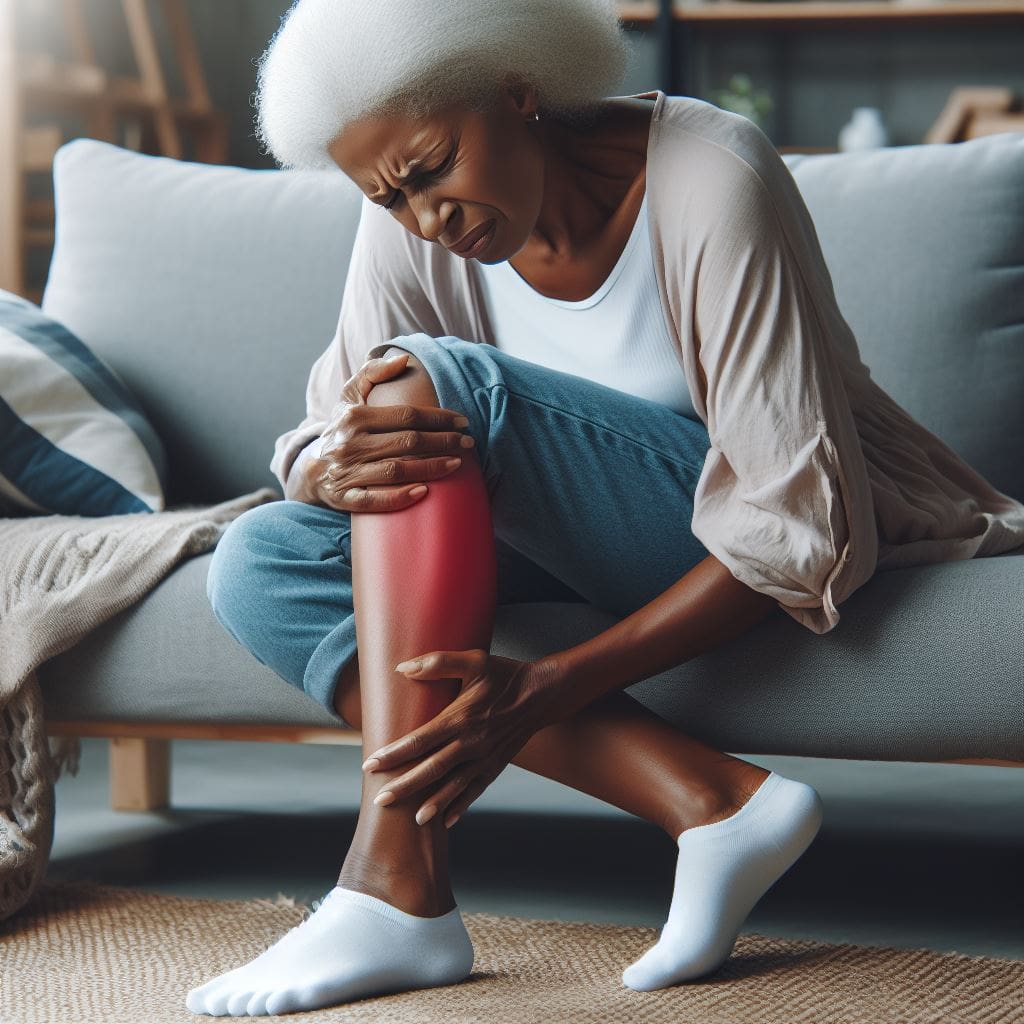
“Rheumatism is a thief. It steals your flexibility, your energy, and sometimes your spirit. But it doesn’t have to steal your hope.”
Rheumatism is a term encompassing various conditions that inflict discomfort by causing pain and inflammation in the joints, muscles, and adjacent tissues. This widespread ailment impacts millions of individuals worldwide, with its prevalence notably increasing as people age.
In this article, we’ll delve into the intricate landscape of rheumatism, shedding light on its multifaceted nature, identifying common triggers, deciphering the telltale signs and symptoms, and elucidating the diverse treatment modalities accessible for those grappling with this pervasive malady.
Understanding the intricacies of rheumatism is paramount, as it empowers individuals to make informed decisions about their health and well-being.
What is Rheumatism?
Rheumatism is a broad term used to describe various disorders that affect the joints, muscles, and soft tissues of the body. These conditions can cause pain, stiffness, swelling, and decreased range of motion in affected areas. They could be chronic, meaning they last a long time, or acute, meaning they appear suddenly and may resolve quickly. Rheumatism encompasses a wide range of conditions, including osteoarthritis, rheumatoid arthritis, fibromyalgia, gout, and lupus.
Common Types of Rheumatic Conditions:
1. Osteoarthritis:
The most common type, it’s caused by wear and tear on the cartilage (cushioning) in your joints.
2. Rheumatoid Arthritis:
An autoimmune disease where the immune system attacks your joints, causing inflammation and pain.
3. Fibromyalgia:
This condition causes widespread pain and tenderness, often accompanied by fatigue and sleep problems.
4. Gout:
Sudden and severe joint pain caused by a buildup of uric acid crystals.
5. Lupus
Lupus occurs when the immune system, which normally fights infection, mistakenly attacks healthy tissues. This attack can affect various parts of the body, including the skin, joints, kidneys, and organs.
Prevalence of Rheumatism
Rheumatism is a widespread health concern, affecting millions of people globally. According to the American College of Rheumatology, over 1.7 billion people worldwide suffer from musculoskeletal and rheumatic diseases. That’s roughly one in five people on the planet, highlighting the significant impact these conditions have on individuals and healthcare systems.
Some of these conditions are more prevalent in older adults, others can affect people of all ages.
Common Causes of Rheumatism
The exact cause of rheumatism varies depending on the specific condition, but some common factors may contribute to its development:
1. Inflammation:
Many rheumatic conditions are characterized by inflammation in the joints and surrounding tissues. This inflammation can be caused by an overactive immune system, injury, infection, or wear and tear over time.
2. Genetics:
Some people may have a genetic predisposition to developing certain types of rheumatism, such as rheumatoid arthritis or lupus.
3. Previous injuries:
Joints that have been injured are more prone to developing problems later.
4. Age:
Rheumatic conditions are more common in older adults, as the wear and tear on joints and tissues increase with age.
5. Lifestyle Factors:
Certain lifestyle factors, such as obesity, smoking, and lack of exercise, can increase the risk of developing rheumatic conditions like osteoarthritis.
Symptoms of Rheumatism
The symptoms of rheumatism can vary depending on the specific condition and the severity of the inflammation. Common symptoms may include:
- Joint pain, stiffness, and swelling
- Muscle pain and weakness
- Fatigue and decreased energy
- Difficulty moving or performing daily activities
- Tenderness and warmth in affected joints
- Redness and inflammation around joints
- Numbness or tingling in the hands and feet
Managing Rheumatism Pain:
While there’s no cure for most rheumatic conditions, there are ways to manage the pain and improve your quality of life. Here are some tips:
1. Medications:
Nonsteroidal anti-inflammatory drugs (NSAIDs), corticosteroids, and disease-modifying antirheumatic drugs (DMARDs) are commonly prescribed to reduce pain, inflammation, and slow the progression of rheumatic conditions.
2. Physical Therapy:
Physical therapy exercises and techniques can help improve joint flexibility, strength, and range of motion, as well as reduce pain and stiffness.
3. Lifestyle Changes:
Maintaining a healthy weight, eating a balanced diet rich in fruits, vegetables, and omega-3 fatty acids, quitting smoking, and exercising regularly can help manage symptoms and improve overall health.
4. Applying Heat or Cold therapy:
One of the most accessible and effective ways to alleviate discomfort associated with rheumatism is through the application of heat or cold therapy. These simple yet potent remedies can provide significant relief by targeting specific symptoms and promoting healing in affected areas. Heat can soothe stiffness, while cold can reduce inflammation.
Heat Therapy
Heat therapy, often in the form of warm compresses, heating pads, or warm baths, can work wonders in soothing stiffness and promoting relaxation in tense muscles. The warmth helps to increase blood flow to the affected area, easing muscle tension and enhancing flexibility.
Additionally, heat therapy can alleviate pain by stimulating the release of endorphins, the body’s natural painkillers, providing welcome relief to those grappling with rheumatism-induced discomfort.
Cold Therapy
Conversely, cold therapy, achieved through the application of ice packs or cold compresses, can be highly effective in reducing inflammation and numbing pain associated with rheumatism flare-ups. Cold therapy works by constricting blood vessels, thereby reducing blood flow to the affected area and minimizing swelling and inflammation.
Additionally, the numbing effect of cold therapy can provide immediate relief from pain and discomfort, making it a valuable tool in the management of rheumatism symptoms.
5. Alternative Therapies:
Some people find relief from rheumatism symptoms through alternative therapies such as acupuncture, massage therapy, and herbal supplements. However, it’s essential to consult with a healthcare professional before trying any alternative treatments.
Living Well with Rheumatism:
Rheumatism is a common condition that affects the joints, muscles, and soft tissues of the body, causing pain, stiffness, and inflammation. While there is no cure for rheumatism, various treatment options are available to help manage symptoms and improve quality of life.
If you’re experiencing symptoms of rheumatism, it’s essential to consult with a healthcare professional for an accurate diagnosis and personalized treatment plan which can make a significant difference in managing your condition.



